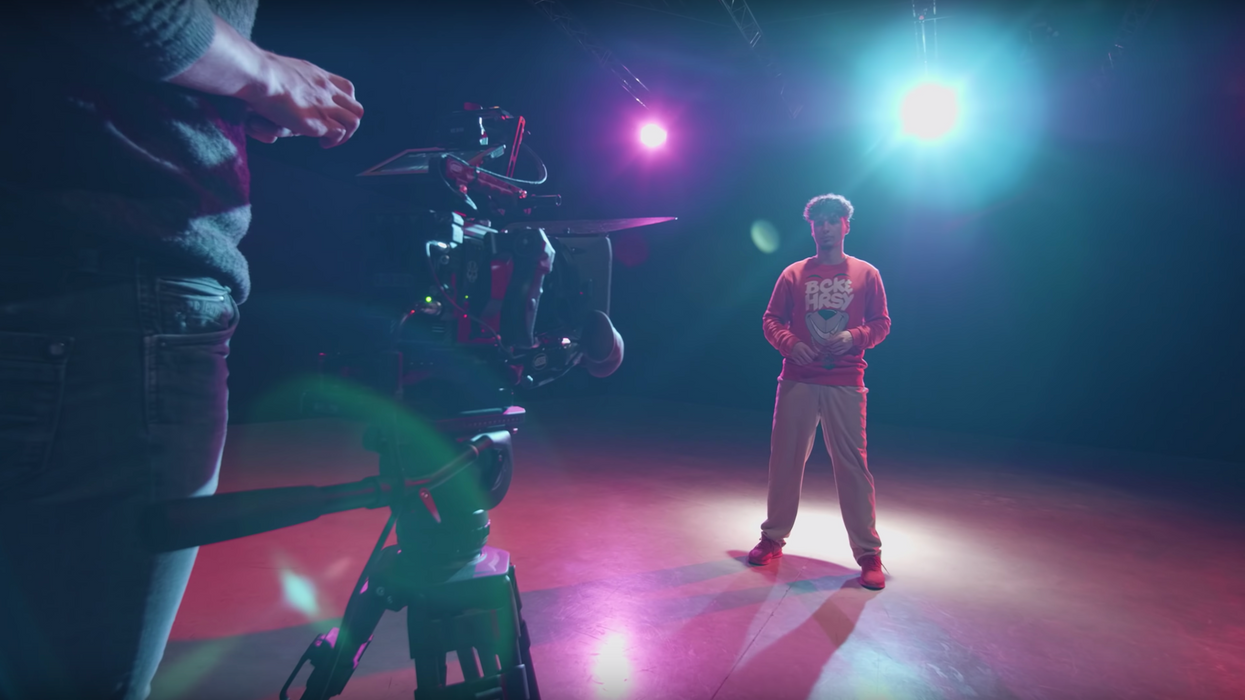5 Stylish Camera Movements to Try in Your Next Project
If you want to infuse a little extra style and flavor into your next feature, short, or music video, you should give these camera movement tricks a shot.

If there's one thing indie filmmakers want more of other than time, energy, money, and a friend in Hollywood who wants to make your creative dreams come true, it's production value.
There are tons of things you can do to add more of it to your project without adding more to your budget, like camera movement.
In this video, Jordy Vandeput of Cinecom goes over 5 super easy camera moves you can use to not only give your projects a ton of style but also plenty of production value. Check it out below:
The best thing about these camera moves is that they don't really require a ton of expensive gear. No dollies. No gimbals. Just your hands, legs, and maybe a tripod if you want.
Here's a quick breakdown of each of the camera moves Vandeput mentions in the video:
Following Movement
This camera move is especially great for music videos. The idea behind it is to follow your subject's movements to make the shot more dynamic. The trick here is to move not only in the same direction as the movement but at the same speed.
It can be something subtle, like a quick pan to the left or right, or it can be something more...I don't know...jazzy, like a 360-degree roll.
Bumps and Pops
These camera moves look like their name suggests...sharp, quick, and sudden. It's an interesting way to add some kinetic energy to your shot without losing focus of your subject. If you're shooting on a tripod, you can keep the head loose and move your camera around freely, or you can tighten it up and hit the handle to create a "bump" effect.
In-Camera Transitions
Matching Movement: Moving from shot to shot can be tricky in the edit, but using camera movement as camera transitions allows you to ease into the cut. If you match the camera and subject movement in one shot with the next shot that follows it on the timeline, it'll not only hide the edit but it'll make your work look more stylish and professional.
Matching Point-of-Interest: The idea behind this kind of transition is to keep the point-of-interest, or the main focus of your shot, in the same general area of the frame from shot to shot. So, if your point-of-interest is in the center of the frame in the first shot, the next shot you cut to should have its point-of-interest in the same place. This lets your audience relax and enjoy the show instead of having to search the frame for the thing they're supposed to be paying attention to.
Freeze n' Switch: Have your subject perform an action and then freeze. Take a reference photo and change some things around the set, whether it's the color of the lighting, the set dressing, or whatever you want. Have your subject get into the same position they were in when they froze and hit record. Editing both of those shots together results in a pretty sweet in-camera effect.
Slides
If you've got a tripod, tilt the whole thing forward on two legs to perform a pretty sweet camera slide. It's a super easy and straightforward (literally) camera movement that you dont' need a whole ton of gear or money to pull off. Also, you can try leaning it backward or side to side to capture some other sweet shots.
Stops
Sometimes the best camera movement is when there isn't any. As Jordy puts it, this camera move is all about stopping movement once you've started it. So, if you're moving your camera around in a frenetic way, slowing the movement way down or stopping completely creates an interesting contrast that is sure to draw your viewers' eyes.
What are some other sweet camera movements that don't require a ton of gear or money? Let us know down below.
Source: Cinecom














